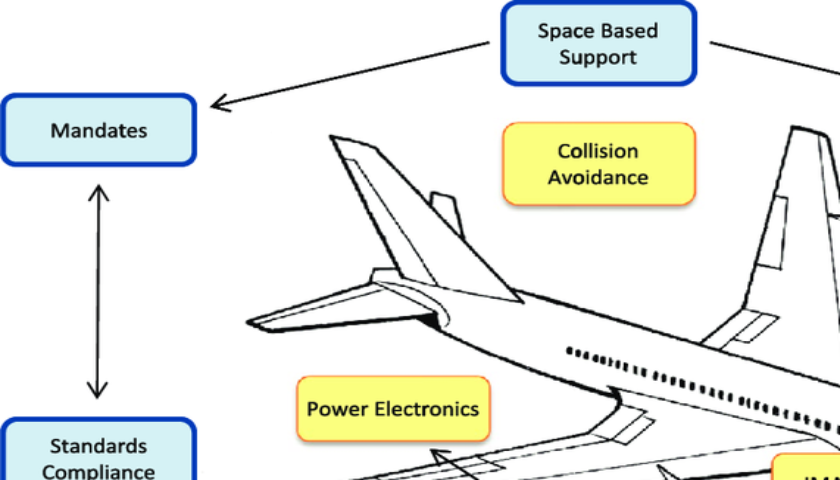Long-haul flights would be a significant strategic change for the two Indian budget operators, and there are many challenges to overcome before services could start.
As India resumes limited international air travel with various nations by creating air bubble, IndiGo and SpiceJet, in a first, are leasing long-haul planes on a wet-lease to launch flights to the UK and Europe. While SpiceJet has already leased an Airbus 330 aircraft from Portuguese charter firm Hifly. The first flight will be on 01 Aug 2020 from Amsterdam to Bengaluru. The next wave in Indian aviation business models appears to be long–haul “low cost” operations. As usual, there are proponents who claim that these will create traffic, rather than divert traffic from other networks, and thus provide a viable business model — and detractors who state that they can never work.
Of course, the concept is not new. It is only the timing. When most of the airlines have either grounded or halted their wide-body aircraft due to poor demand some would argue that it is only a momentary phase and business and leisure travel would soon be normal. However, even now many charter carriers also provide the same service with freedom of operational flexibility which these Indian carriers are planning to start.
The model which short haul LCC airlines follow are:
- Start with a clean sheet of paper
- KISS principle (Keep It Simple – Stupid!)
- Single aircraft family
- High utilization
- Point–to–point services only
- In-flight frills only at extra cost
- Operate to secondary airports where feasible
- Internet or call–center reservations only (no GDS)
- Unpackaged fares, bag charges.
However, long–haul air transport is significantly different from short-haul. It may be disingenuous to state the obvious, but this is the reason the long haul LCC model needs to be tweaked to make it work. Let’s review them.
- The distances and the time taken up in cruise is substantially longer. Naturally, the fuel becomes a larger share of the total cost. Will the new entrants be able to offer price that is significantly low enough to generate demand as compared to a full-service provider without sacrificing profitability.
- After a long haul flight and cabin crew reach operational hour limits on a single flight and need HOTAC which further increases the expense of LCC.
- As the length of time in air increases, passengers need and demand more comfort and it becomes more important when choosing a flight.
- It becomes increasingly difficult to promulgate the ‘brand’ and other offerings at a cost.
- Long haul flights are rarely “impulse purchase even more so in the present pandemic.
- To support reasonable frequency and occupancy long haul flights need to generate feed at both ends as well as a different marketing strategy which increases the cost.
But this was normal till yesterday and now we live in the new normal. To me, it appears that this is the beginning of the next stage of development of a new model of airlines in India. This will not only stimulate the demand at the local level but also reboot the unlock procedure and energize the economy.
Other factors which will play a major role in the new normal will be-
- The new generation aircraft like Airbus 321 XLR, Boeing MAX-8 will now make long haul routes more feasible for LCC – and low fuel prices obviously help. Low demand and travel restrictions will force LCCs to shift from wide-body to single-aisle aircraft which offers comfort and range of widebody aircraft.
- Air travel had clearly become the backbone of international business and tourism. The use of narrow body aircraft will further increase the number of long haul routes (city pair) and more airlines will enter this space.
- Southeast Asia will become testing ground for new airline models including long haul narrowbody LCC and hybrids airline models.
- The air cargo market conditions are also favorable and may lead to the use of Combi-aircraft on these routes.
New generation narrowbody aircraft are a potential game-changer for both low cost and full-service airlines.
Highly unpredictable market will coerce airlines to innovate to survive. A new model narrow-body or combi aircraft will be the solution for different segments of the market and routes. As always, the airline which adapts quickly and is not afraid to implement new business models will be triumphant.
Be safe. Happy landing.
Image credit: www.bloombergquint.com



